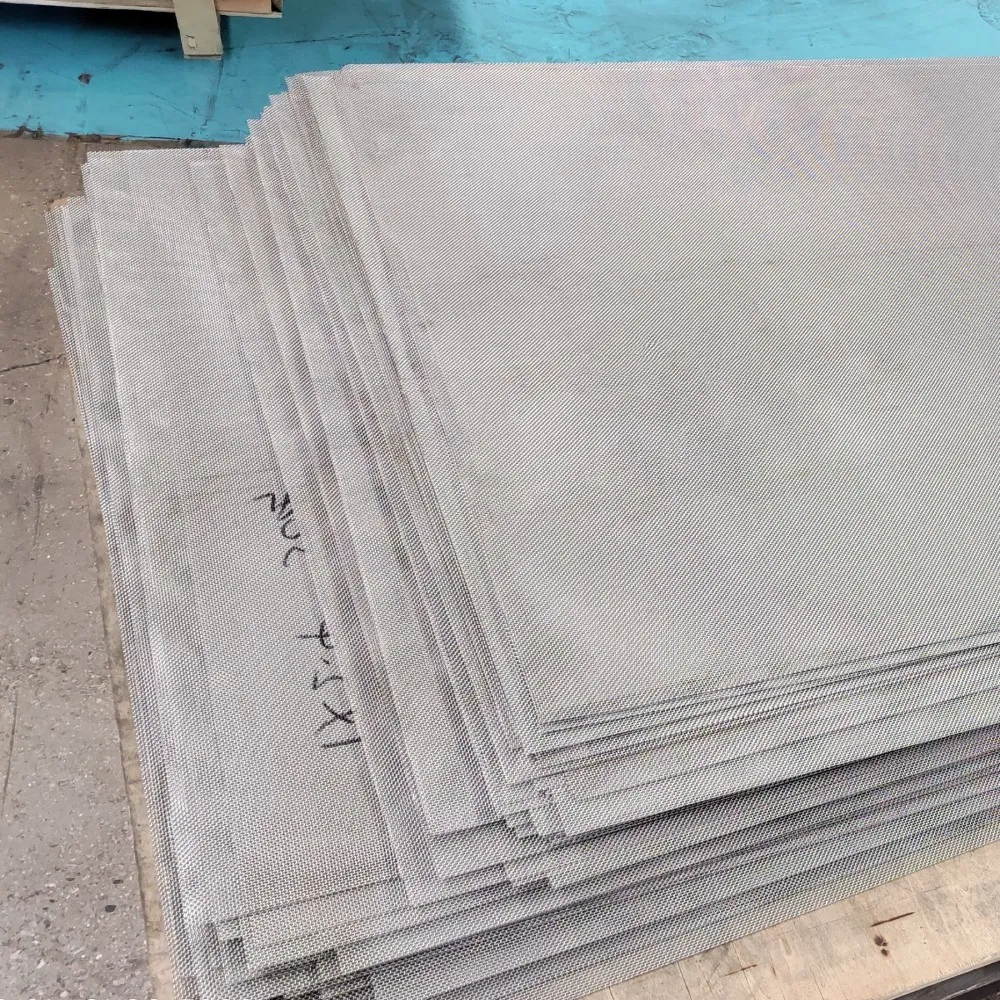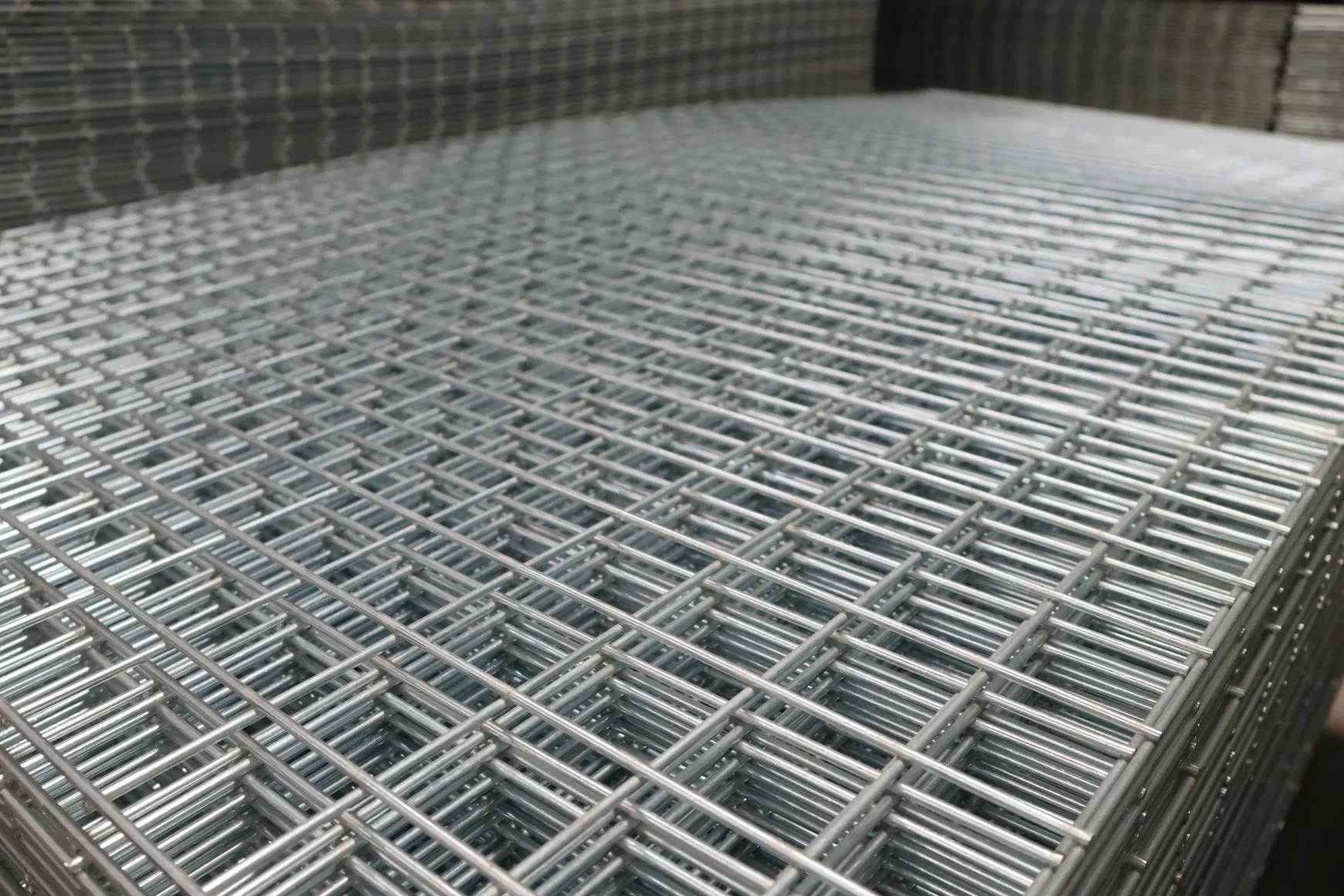Temporary fences serve as a versatile and essential solution for a wide range of situations, accommodating both commercial and residential needs. These structures, often overlooked in strategic planning, can make the difference in ensuring safety, privacy, and efficiency in various environments. When chosen and installed correctly, a temporary fence not only fulfills its basic functional role but also contributes to enhancing the overall operation of the intended scenario, whether it's a construction site, event, or temporary safety enclosure.

In construction,
temporary fencing is indispensable. It delineates boundaries, enhancing site security and safeguarding against unauthorized access, which is crucial both for protecting assets and preventing potential liabilities from site accidents. Beyond protecting physical property, temporary fencing plays a critical role in safety. Construction sites, by nature, are fraught with hazards such as heavy machinery operation, elevation changes, and hazardous materials. Fencing mitigates risks by keeping non-workers at a safe distance.
Event management is another domain where temporary fencing proves its worth. For public events, whether concerts, festivals, or parades, crowd control becomes paramount. Fencing helps in guiding attendees appropriately, minimizing confusion and potential chaos. Moreover, it offers a clear demarcation of restricted areas, ensuring VIP sections and backstage operations remain secure and private. In emergency situations, well-planned temporary fencing can expedite evacuation processes by offering clear pathways and entry/exit points.

Residential uses of temporary fencing are expanding, with applications in home renovations, landscaping projects, or even simple backyard pet enclosures. Homeowners appreciate the flexibility and ease of installation, which allow for rapid deployment and removal as needed. This temporary solution provides peace of mind, maintaining privacy and safety without the commitment and cost associated with permanent structures.
The expertise involved in selecting an appropriate temporary fence cannot be overstated. Professionals need to assess the environment's specific demands - considering factors such as local weather conditions, expected crowd size or traffic, and the duration of the fence's necessity. Material choice also matters; options like chain-link, mesh, or even specialized barricades each offer distinct benefits and drawbacks depending on the application.
temporary fence
Authority in the industry is demonstrated through a commitment to high standards in materials and installation practices. Reputable providers ensure their products comply with local regulations and industry standards, which is crucial for avoiding legal complications. Furthermore, an authoritative service will offer comprehensive support, from helping select the right type of fencing to handling logistics and installation.
Trust is built through transparency and proven reliability. Suppliers should be upfront about costs, potential challenges, and realistic timelines, ensuring customers feel informed and empowered. Testimonials and case studies serve as valuable tools in establishing this trust, showcasing successful deployments across various contexts.
The environmental impact of temporary fencing is an increasing concern and one that savvy providers are addressing proactively. Opting for recyclable materials and ensuring responsible disposal align both with modern environmental standards and customer values. Innovative solutions, such as solar-powered lighting for fences, demonstrate a commitment to sustainability while also enhancing the functional value of the fencing itself.
In conclusion, while often perceived as a mere logistical necessity, temporary fences are pivotal in enhancing safety, efficiency, and security across multiple sectors. Whether for construction, events, or residential use, careful consideration of requirements, expert installation, and reliable service are key to leveraging their full potential.
























